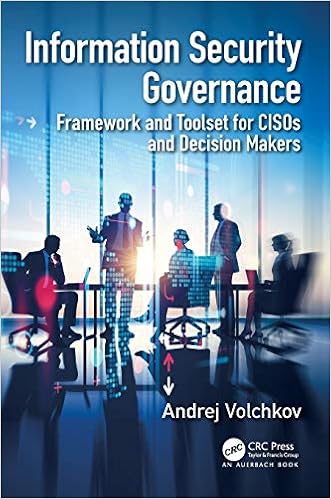Just over a quarter-century ago, the first Chief Information Security Officer (CISO) was minted in the financial vertical, and everyone lived happily ever after. The End.

If only this story was that simple and straightforward! The CISO role has never been cut-and-dry. Despite its longevity, this role is still in its adolescence – full of promise, mostly headed in the right direction, but not quite fully formed.
If you’re a CISO today, or have worked for or watched one from afar, you have felt the reality of the goalposts continually shifting over time, and you have experienced some of the tough questions that may not yet be answered. Where should the CISO report for maximum effect? How does the CISO gain that valuable seat at the executive table, and a regularly scheduled time slot every quarter in front of the board? Is it possible that broad technical competency may be superior to deep technical expertise for this C-level role? And if you are the CISO who thought you signed up for an IT-centric, inward-facing role, I have a few nation-state and cybercriminal actors to introduce to you.
But there are several other less obvious roles that the CISO should consider taking on to help the organization reach its goals, whether its customers are external or internal.
The CISO as brand enabler
Quantifying the value of a corporate brand is tough. But it’s clear that your organization’s brand is as much an asset as the devices and networks that the CISO is charged with protecting – in fact, the brand may be your organization’s largest single asset. A recent Forbes/MASB report states that brand assets drive approximately 20% of enterprise value on average. Doesn’t that sound like something worth protecting?
Yes, the creation and growth of the brand is typically the responsibility of the marketing organization and the CMO (chief marketing officer). But it’s not unusual for marketing to feel like it’s outracing the other business functions, including the CISO, and they are anxious for everyone to “catch up” and join them. The CISO can act as a useful counterweight to help marketing achieve its goals safely, in good times and bad. For example, isn’t it important to fully coordinate a breach response between these two groups in a way that best preserves the value of your brand? Those brands that emerge out of a high-profile information security incident stronger don’t get there by accident.
This is a missed opportunity in many organizations. When was the last time your CISO and CMO sat down alone to discuss each other’s long-term initiatives? And no, the sometimes recurring conversation between these two parties about how the marketing team is leveraging shadow IT doesn’t count here.
The CISO as customer advocate
If the CISO is considered an inward-facing resource only, your organization may be leaving some significant value on the table. Is your CISO considered and leveraged as an extended member of your customer-facing teams? There is often nothing more compelling to a prospect or a customer than the opportunity to hear from a true CISO practitioner about her experiences in the industry around a common challenge.
Another way to bring the CISO closer into the customer orbit: you have some customers who due to their size or potential are at the very top of your essential, must-not-lose list. Your CISO may be more than willing to act as an executive sponsor for the overall relationship between the two organizations. This is a great way to cement that bond with your truly key and strategic customers. You may also discover that same hugely important customer is willing to share details with the CISO that would never be shared with the sales team.
The CISO as product visionary
In many ways, your CISO may be an ideal prospect, a research partner, and a sounding board for new products, services or features your organization plans to introduce. Think about all the angles a CISO deals with every day: B2B connections and data flowing amongst third parties; identifying and securing B2C data and connectivity; monitoring an infrastructure round the clock to recognize and remediate tactical, strategic and regulatory risks; signing off on your organization’s ISO 27001 certification or SOC 2 attestation, and more!
For bonus points, if you are that CISO of today or the aspirational CISO of tomorrow, don’t settle for approaching your job solely in pursuit of how to best secure your organization – ask yourself how you can make your own customers more secure. Sometimes a new feature or service might pop out from that alternative angle, from a perspective that only the CISO can see.
Whether you are the CISO or are a colleague of the CISO, think outside the box. CISOs can absolutely be leveraged in these and other non-traditional roles, to the greater benefit of your organization.
The CISO Evolution: Business Knowledge for Cybersecurity Executives





























